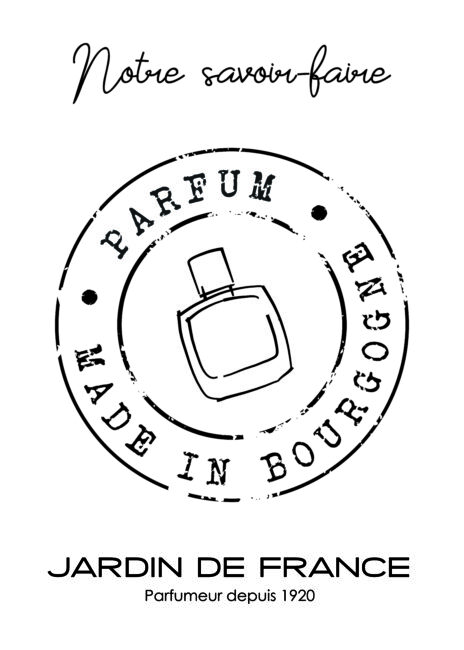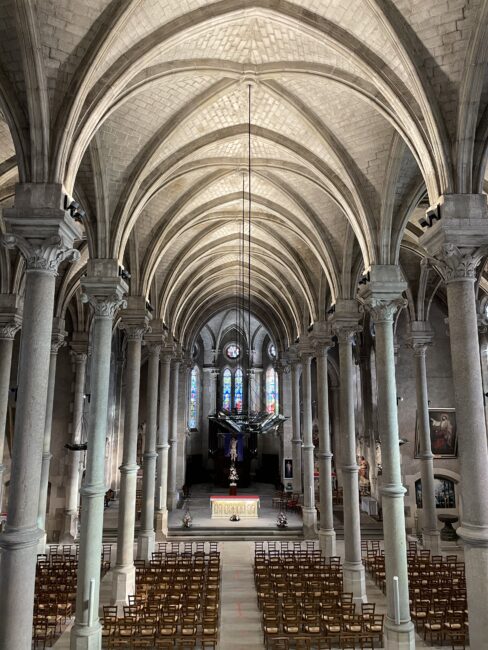 Built in the neo-Gothic style, it was constructed in 1881 and consecrated by Cardinal Perraud on October 20, 1896.
Built in the neo-Gothic style, it was constructed in 1881 and consecrated by Cardinal Perraud on October 20, 1896.
It stands on the site of the chapel and convent of the Ursulines, which, during the Revolution, was transformed into “public meeting halls” and later demolished. All that remains is the cross from the bell tower, which was placed on the road to Chalmoux, and the white stone altar donated to the Ursulines’ church by Louis and Pauline Pinot in 1857, now located in the current church.
The front of this altar is designed as an open triptych, with its hinges formed by tall columns topped with Corinthian capitals.
At the top of the altar runs the rampart of a city with its towers and battlements, representing the heavenly Jerusalem, the dwelling place of Christ and the saints.
The central panel, depicting the crowned Virgin with the Child, reflects the Ursulines’ devotion to Mary.
To her right is Saint John the Evangelist, the patron saint of the parish of Bourbon-Lancy since the 1990s.
To her left is Saint Joseph holding the flowering staff, a sign of his election as the spouse of Mary.
The two neighboring statues are Saint Louis, crowned, and Saint Paul, named after the donors.
On the two small panels are depicted Saint Celsus, holding the palm of martyrdom, and Saint Nazaire, the historical patron saint of Bourbon-Lancy and protector of Saint Celsus.
Two angels frame the triptych: the angel of the Word of God and the angel of the Eucharist, the two pillars of the Roman Catholic Mass rite, standing as if to support the priest in his office.
The painting on the right above the baptismal font is by Puvis de Chavannes, a relative of Madame Pinot, and was donated by her to the Ursulines’ convent.
On the left, *The Entombment of Christ* is a work by Merlette, dated 1889.
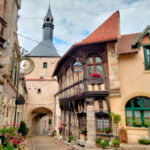 Commented tour of the Medieval Quarter
Commented tour of the Medieval Quarter





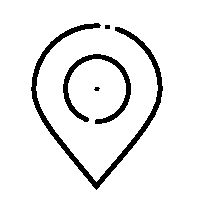

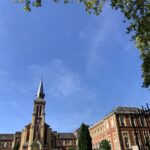
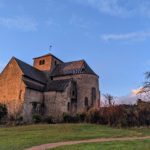 Commented tour Church of Saint Nazaire
Commented tour Church of Saint Nazaire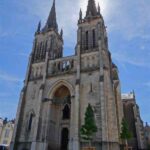 Commented tour of the Sacré Coeur Church
Commented tour of the Sacré Coeur Church
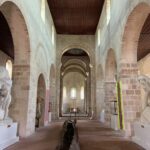
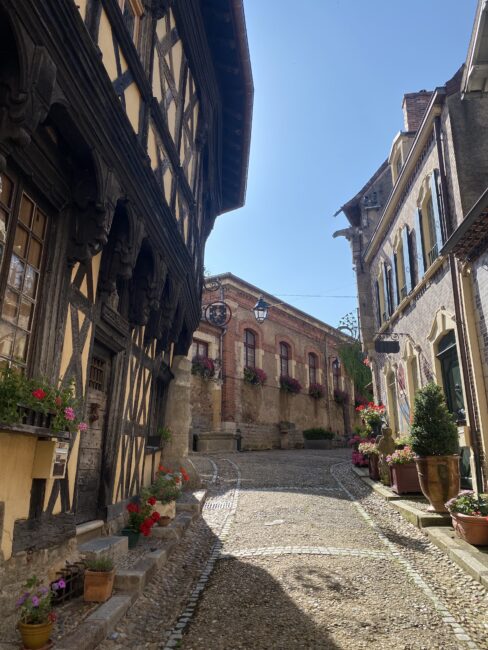
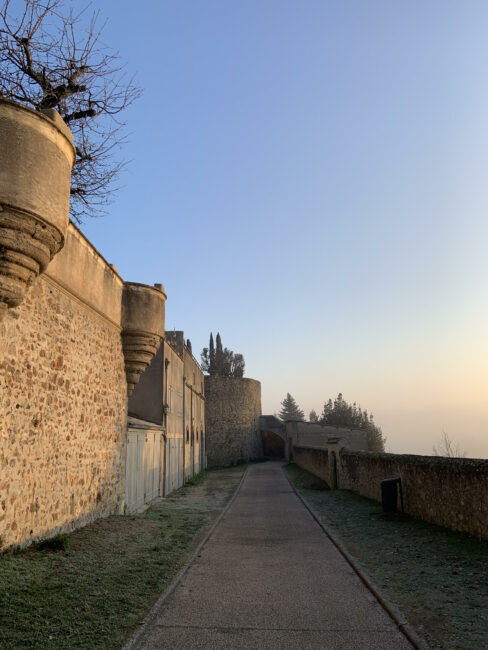
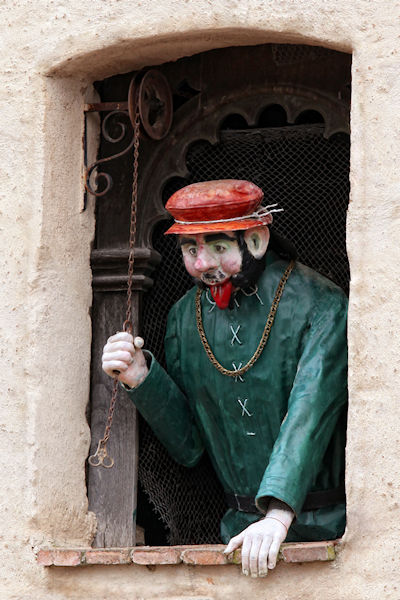
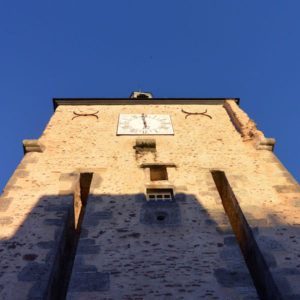


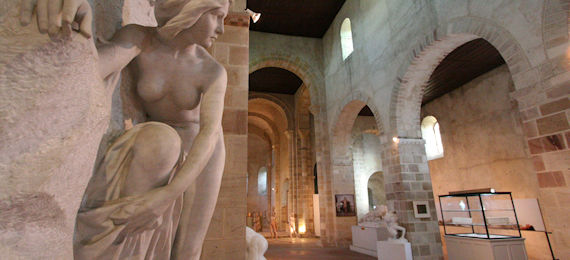
 Built in the neo-Gothic style, it was constructed in 1881 and consecrated by Cardinal Perraud on October 20, 1896.
Built in the neo-Gothic style, it was constructed in 1881 and consecrated by Cardinal Perraud on October 20, 1896.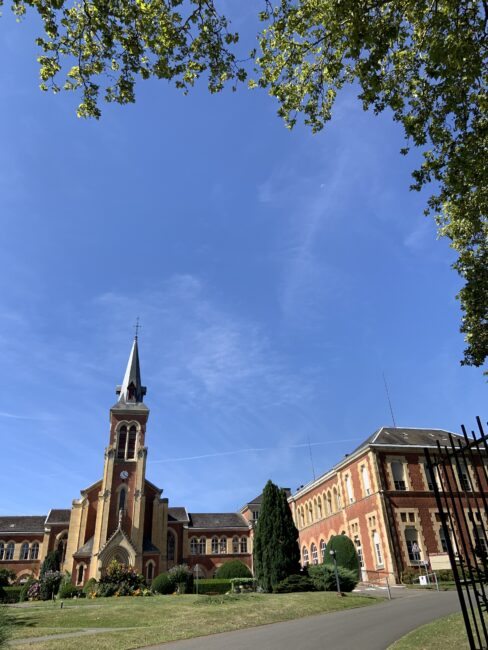
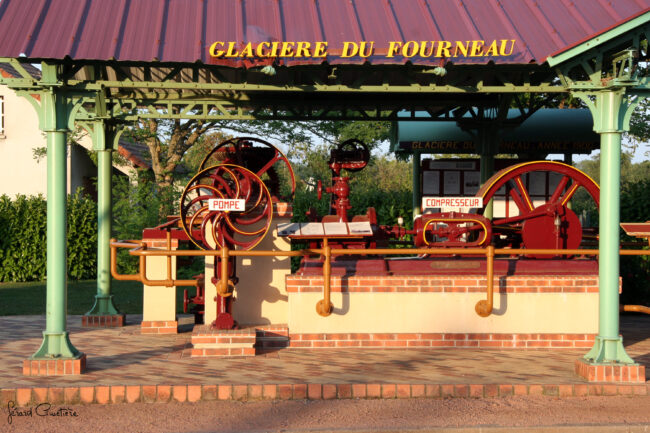
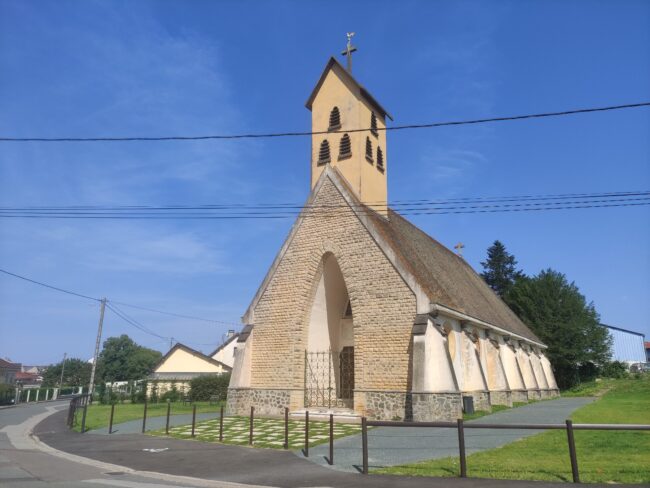
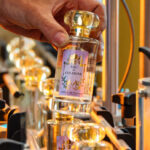
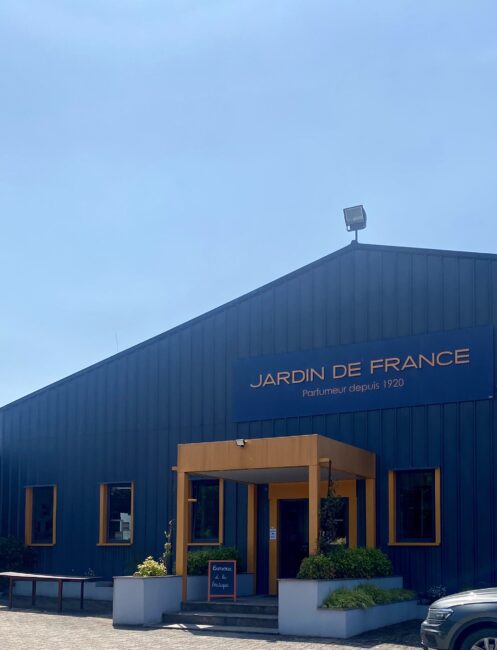 Jardin of France perfume factory
Jardin of France perfume factory